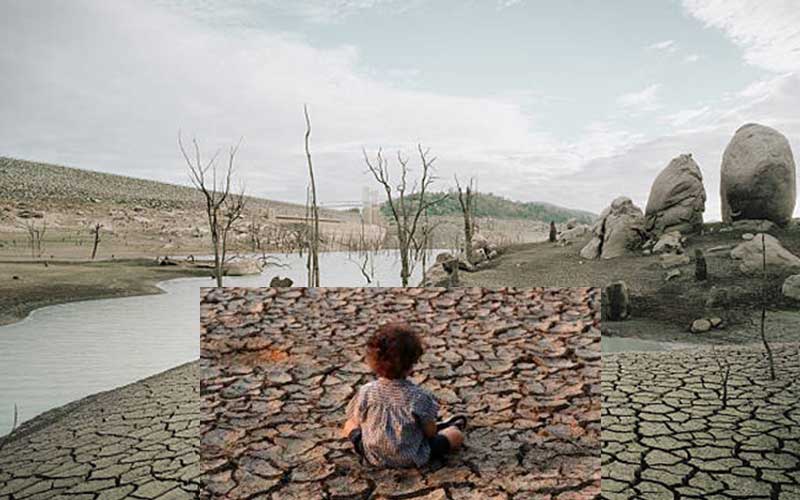Buyers are turning to cotton fabric to tackle climate change
Synthetic fabrics make by burning crude oil. This releases carbon dioxide, which heats the world even more.
On the other hand, cotton cloth does not have any harmful effect on the environment. So many conscious buyers have preferred garments made of cotton cloth for years in the fight against climate change.
It has long since become clear that microplastics cause widespread environmental damage, and many buyers are reluctant to buy sweaters, shirts, and tops made of synthetic fabrics.
The problem with this method is that cotton, significantly when it is grown conventionally, can also harm the environment. One solution for green buyers is to buy products made with organic cotton or yarn.
A closer look at the various garment materials reveals that organic yarn can be a sustainable alternative to synthetic materials.
First, cotton is a renewable resource. On the other hand, synthetic fabrics make by burning crude oil. This releases carbon dioxide into the air, warming the world more and accelerating climate change.
In addition, synthetic fabrics do not degrade and do not mix with the environment. Heck Hess of the International Association of Natural Textile Industry (iVN) said, “Synthetic fabrics do not rot and eventually become microplastics.”
However, the German Association of Synthetic Fiber Manufacturers expressed a different view. They say that considering all the environmental aspects, synthetic fibers are better than cotton.
Synthetic fibers reduce the pressure on agricultural land. It frees up more food to grow. Moreover, very little water requires to make synthetic fibers.
Nicole Pallick, Head of People Wire Organics. His company sells clothes made from organic cotton for children. He said conventional cotton harms the soil, but organic cotton does not.
In this regard, Hess said, “Organic cotton certainly conserves water due to its good soil quality. Farmers plant different plants in cotton to keep insects away, provide more shade, and reduce soil erosion. This means that the soil is healthy; it has more life.”



